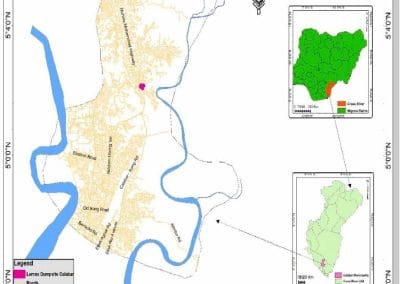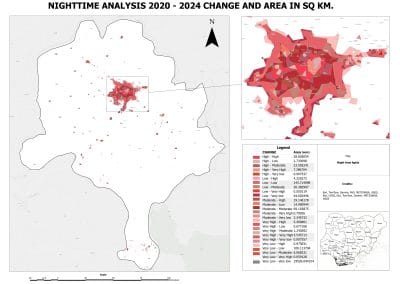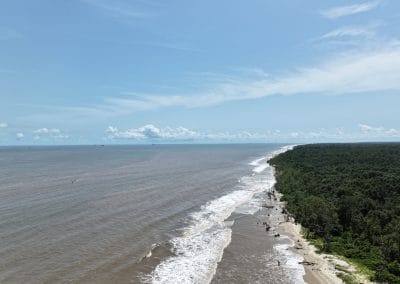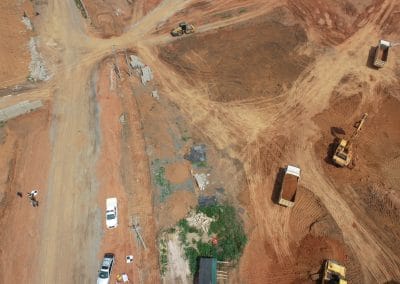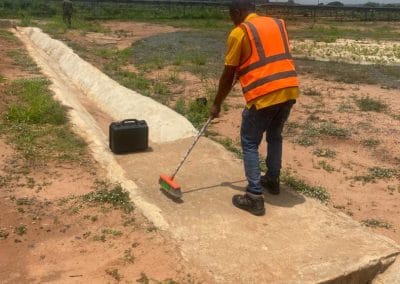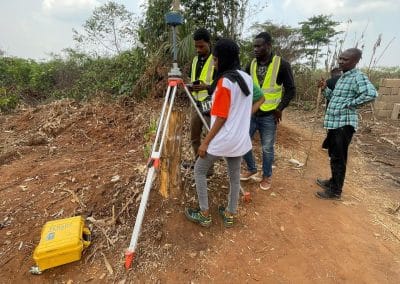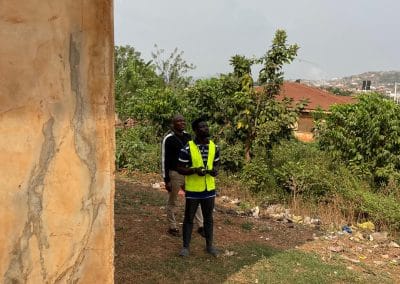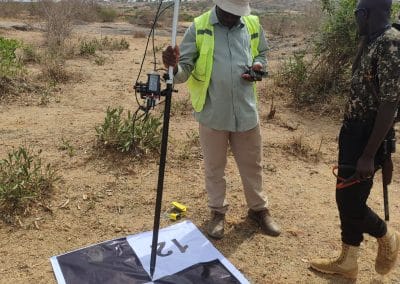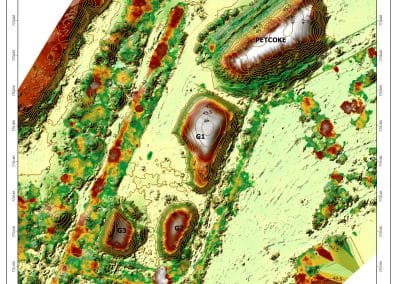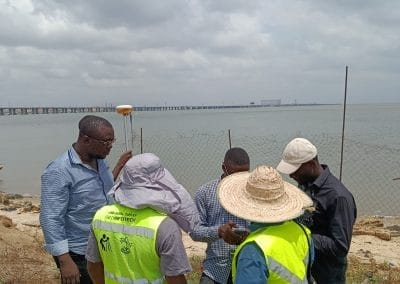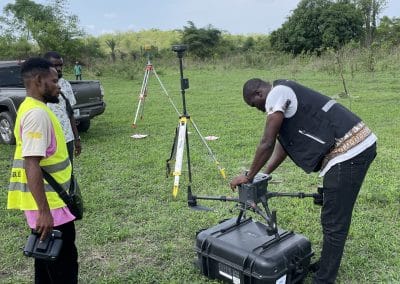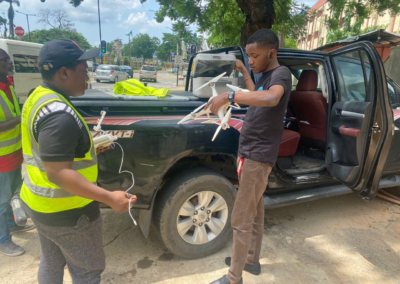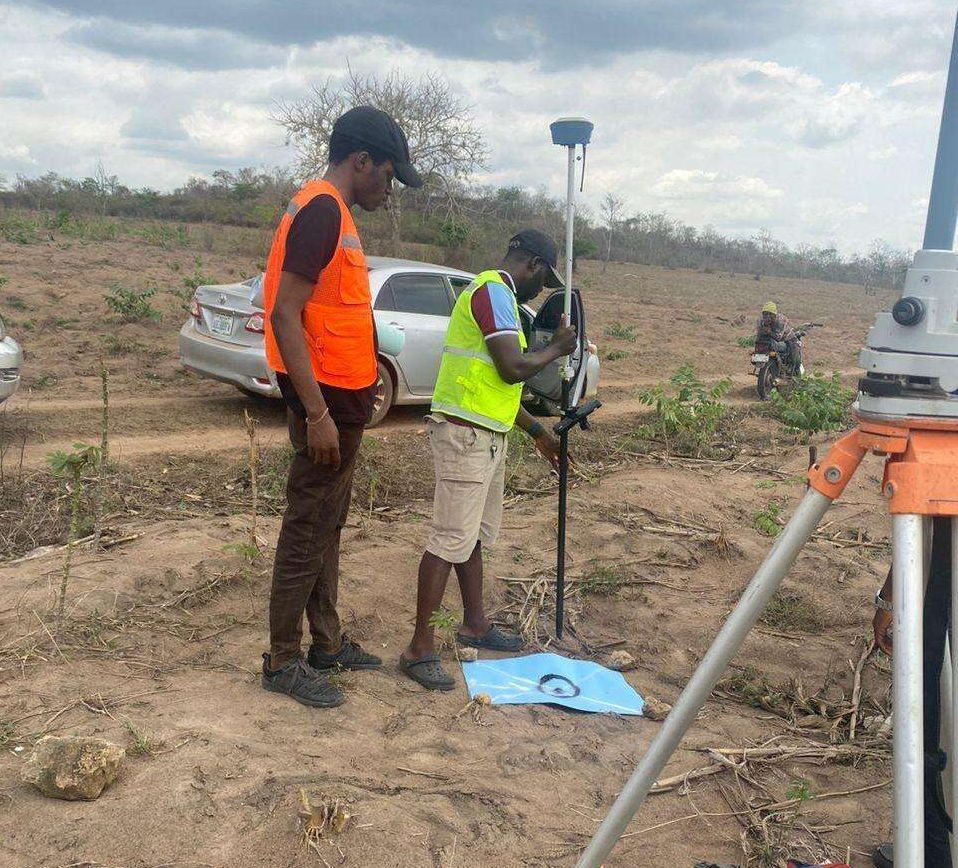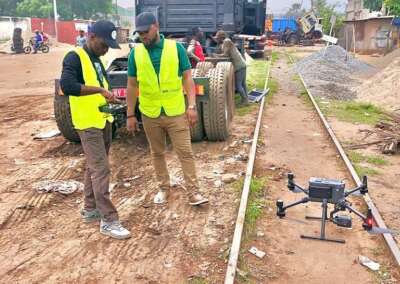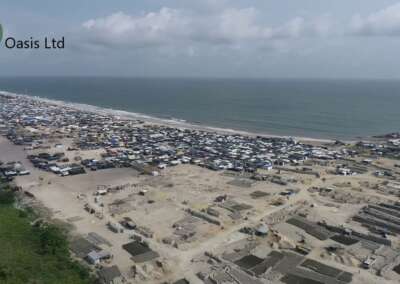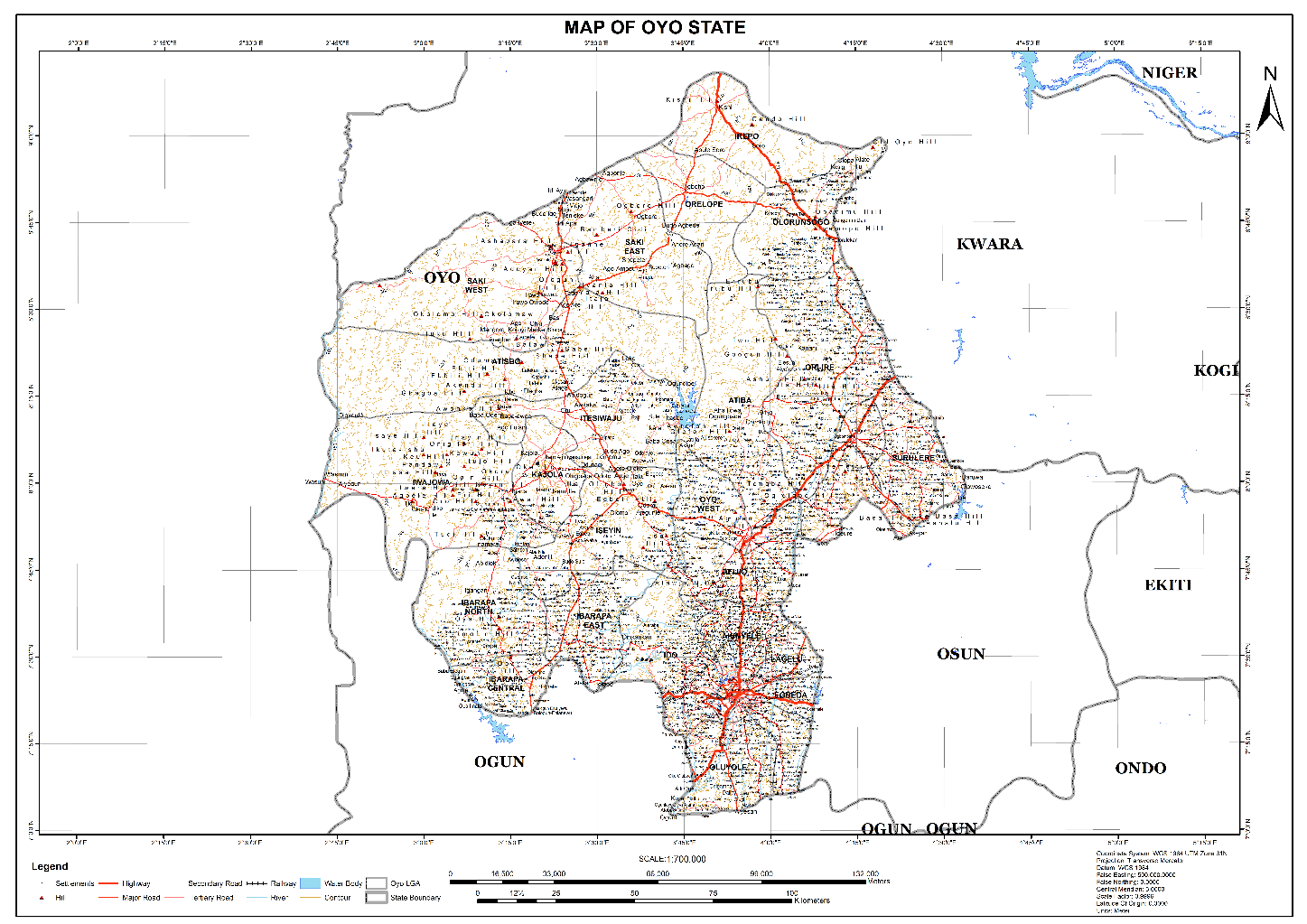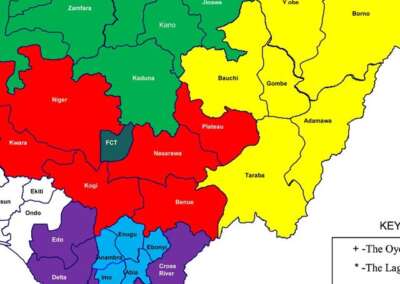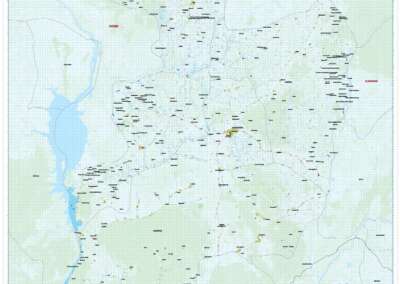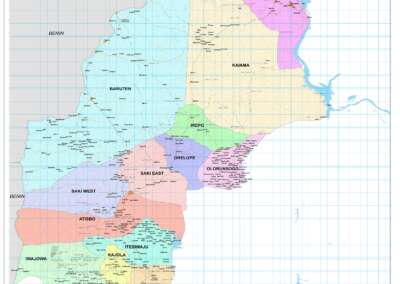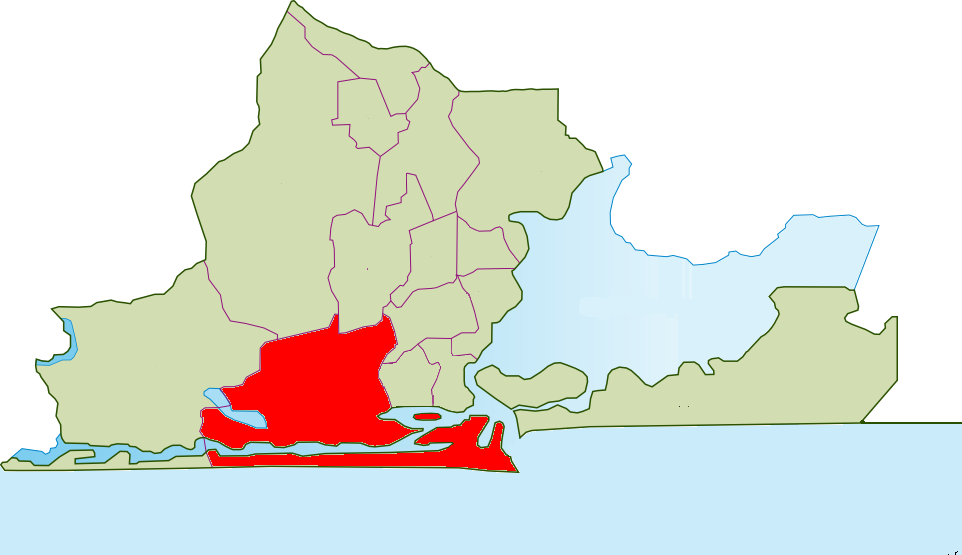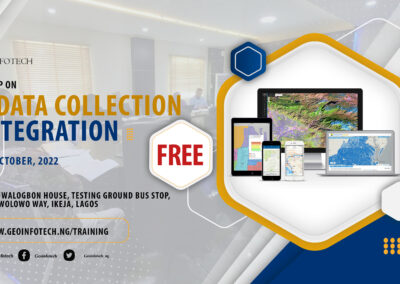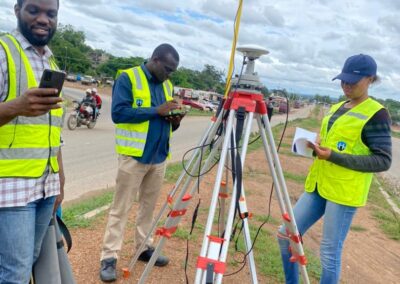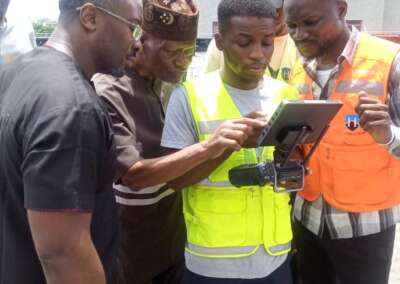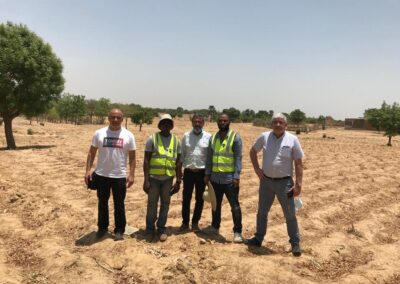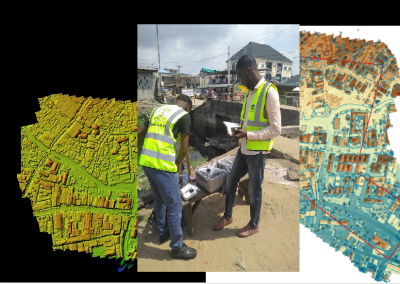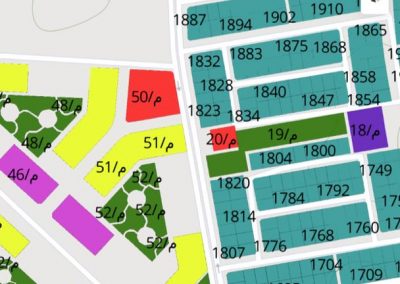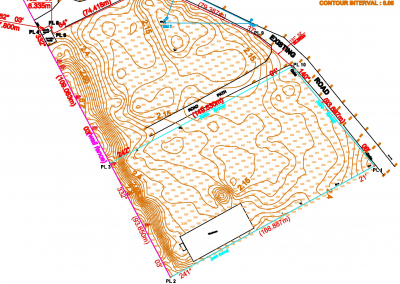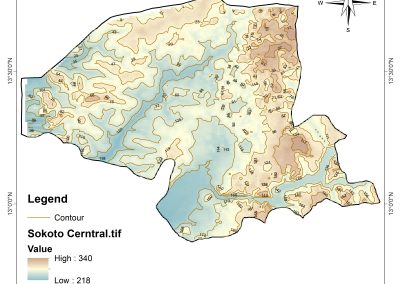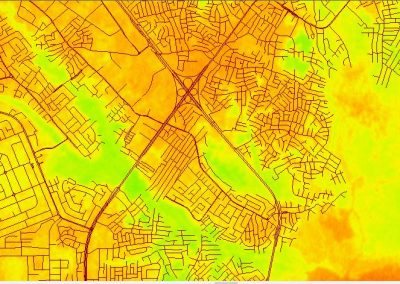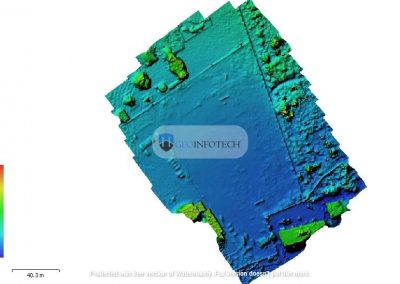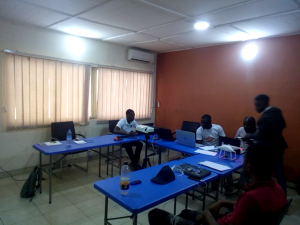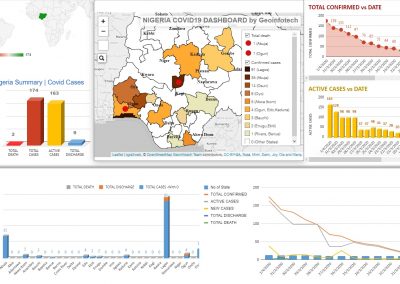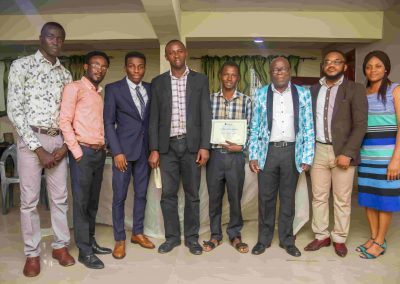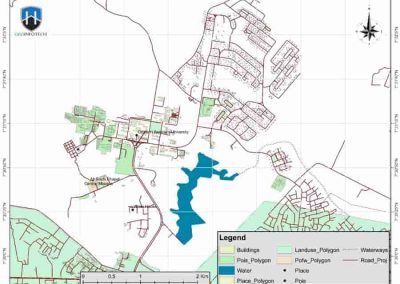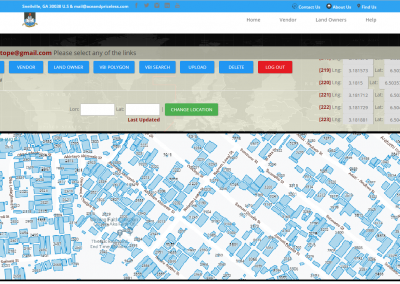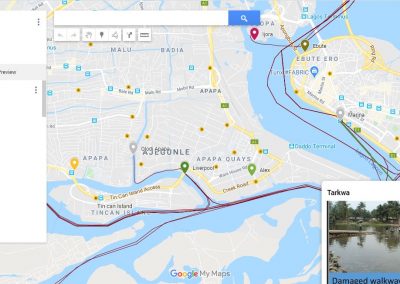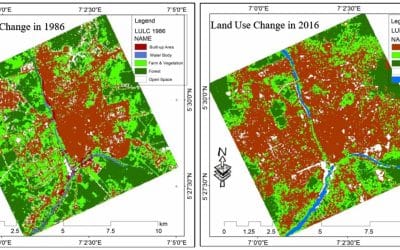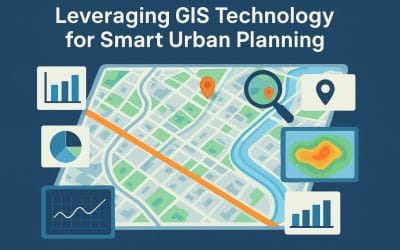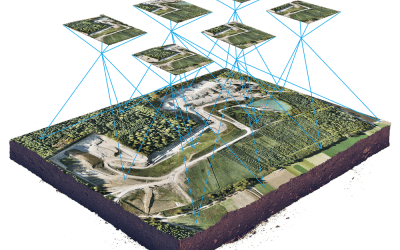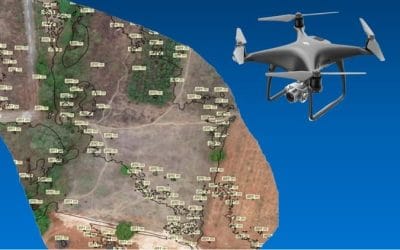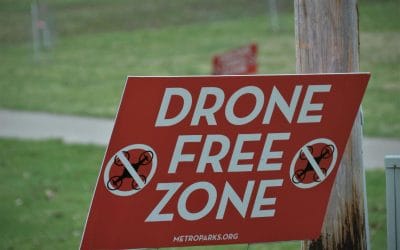
Web mapping or online mapping is the process of using the maps delivered by geographic information systems (GIS) on the Internet, more specifically in the World Wide Web (www). Web GIS as a fully-fledged GIS that takes advantage of web technology for communicating among its components (data, functionality, and interface).
A web map or online map is both served and consumed, thus web mapping is more than just web cartography. Web GIS uses web maps, and end-users who are web mapping are gaining analytical capabilities.
Web mapping has brought many geographical datasets, including free ones generated by OpenStreetMap and proprietary datasets owned by HERE, Google, Tencent, TomTom, and others Web maps are online maps created with ArcGIS that provide a way to work and interact with geographic content organized as layers.
Each map contains a reference base map along with a set of additional data layers, plus tools that work on these layers. Web maps are windows into a wealth of information.
Almost every mobile phone now has location services and every event and object on the earth has a location. The use of this geospatial location data has expanded rapidly, thanks to the development of the Internet.
Huge volumes of geospatial data are available and daily being captured online, and are used in web applications and maps for viewing, analysis, modelling and simulation. “Web mapping is the process of using maps delivered by geographical information systems (GIS).
Three basic elements are implied in web mapping: geodata/geoinformation and their visualization (maps), geospatial software and the World Wide Web, or the Web (web hereafter).
Depending on the emphasis put on maps or on the technology and the processing of geodata to produce maps, people tend to consider the concept of web mapping as different from that of Web GIS (even if they admit that the boundary is blurry) or, on the other hand, they use the two terms as synonyms.
The concept of web mapping is more general and focuses on providing and supporting mapping functions at different levels of complexity, for applications and users.





